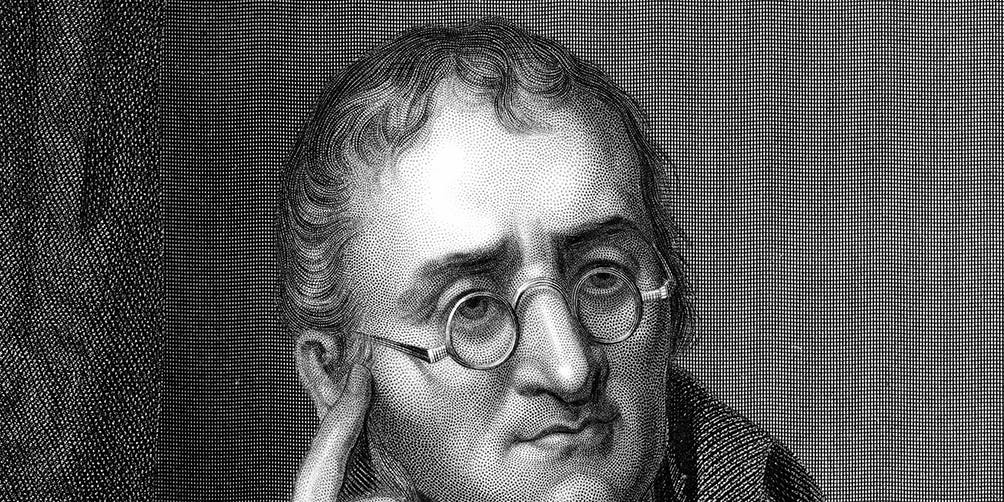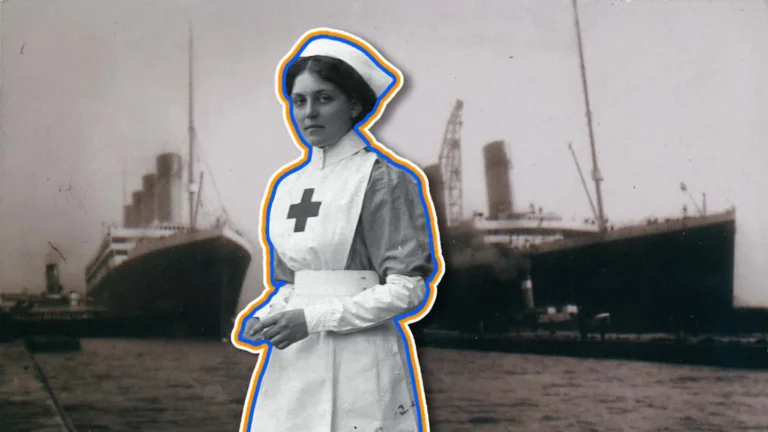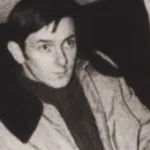Welcome to the fascinating world of atomic theory! This fundamental concept in chemistry helps us understand what matter is made of and how it behaves. From ancient Greek philosophers pondering the nature of reality to modern scientists exploring the subatomic realm, our understanding of atoms has evolved Dramatically Over Time.
At its core, atomic theory explains that everything around us – from the air we breathe to the stars in the sky – is composed of tiny particles called atoms. These atoms are incredibly small, but they have a profound impact on the world. Experiments by John Dalton, conducted in the early 19th century, laid the foundation for our modern understanding of atoms. His groundbreaking work established key principles About Elements, compounds, and chemical reactions.
Dalton’S Theory Revolutionized Chemistry, providing a framework for explaining the behavior of matter at its most Basic Level. This journey into the heart of matter will explore Dalton’s contributions, highlight subsequent discoveries that refined our Atomic Model, and ultimately demonstrate how atomic theory continues to shape our understanding of the universe.
Dalton’s Atomic Theory: Postulates and Principles
John Dalton, an English chemist and physicist, made groundbreaking contributions to atomic theory in the early 1800s. His work was based on meticulous observations and logical reasoning, leading him to propose several key postulates that formed the basis of Modern Atomic Theory. Dalton’S Theory wasn’t just a set of ideas; it was a framework for understanding the world around us at its Most Fundamental Level.
One of Dalton’s most important postulates was that every element is made up of tiny, Indivisible Particles Called Atoms. These atoms are unique to each element and have specific properties that determine the element’s characteristics. Another key principle was that atoms of a given element are identical in mass and properties, while atoms of different elements have different masses and properties. This explained why gold always behaves like gold and oxygen always behaves Like Oxygen. Dalton also proposed that chemical reactions involve the rearrangement of atoms, not their creation or destruction. He stated that atoms combine in simple whole-Number Ratios To Form Compounds. These postulates, Collectively Known As Dalton’S Experiments, revolutionized our understanding of matter and laid the groundwork for future advancements in chemistry.
Dalton’S Theory wasn’T Perfect – it lacked details about the internal structure of atoms – but it was a monumental leap forward. It provided a clear and concise explanation for the behavior of elements and compounds, paving the way for further exploration into the fascinating world of atoms.
Elements and Atoms: Building Blocks of Matter
Dalton’s atomic theory introduced the concept of elements as fundamental building blocks of matter. An element is a pure substance that cannot be broken down into simpler substances by ordinary chemical means. Each element is defined by its unique type of atom. For example, all atoms of gold are identical To Each Other, while atoms of oxygen differ from those of gold in mass and properties. This means that a piece of gold will always behave like gold, and a sample of oxygen will always exhibit the characteristics of oxygen.
Think of elements as different types of Lego bricks. Each brick has its own unique shape and color, just like each element has its own unique atomic structure and properties. You can use these bricks to Build Countless Different Structures, just as atoms combine in various ways to form the vast diversity of compounds we see around us. Understanding the nature of elements and their constituent atoms is crucial for comprehending the complexity and richness of the world around us.
From the air we breathe (composed primarily of nitrogen and oxygen) to the minerals in the earth’s crust, every substance can be traced back to a combination of these fundamental Building Blocks. Elements are the foundation upon which the entire edifice of chemistry is built, providing the basis for understanding chemical reactions, Material Properties, and the intricate web of interactions that govern our universe.
 Juan Ponce De León Achievements: Explorer Route & Legacy
Juan Ponce De León Achievements: Explorer Route & LegacyChemical Reactions and Mass Conservation
Dalton’S Atomic Theory didn’t just explain the composition of matter; it also shed light on how Matter Changes During Chemical Reactions. One of his most important postulates was the law of conservation of mass, which states that in a closed system, the total mass of reactants before a chemical reaction must equal the total mass of products after the reaction.
Imagine baking a cake. You combine ingredients like flour, sugar, and eggs (reactants). After mixing and baking, you get a delicious cake (product). The total mass of the cake is equal to the combined mass of the original ingredients. No matter how much the ingredients Change During Baking, Their Mass Remains Constant. This principle applies to all chemical reactions, demonstrating that atoms are simply rearranged, not created or destroyed.
Experiments by John Dalton, along with countless others conducted since then, have consistently confirmed this fundamental law. The conservation of mass is a cornerstone of chemistry, ensuring that our understanding of matter remains balanced and consistent. It highlights the remarkable interconnectedness of the world around us, where even seemingly dramatic transformations ultimately involve the rearrangement of existing atoms.
Advancements in Atomic Structure
While Dalton’s atomic theory provided a groundbreaking framework, our understanding of atoms continued to evolve with further scientific discoveries. In the late 19th and early 20th centuries, physicists and chemists made significant strides in revealing the internal structure of atoms. J.j. Thomson’S Famous “plum pudding” model, proposed in 1897, introduced the concept of electrons – negatively charged particles embedded within a Positively Charged Sphere. This discovery shattered the notion of the atom as an indivisible particle and paved the way for more Complex Models.
Ernest Rutherford’s groundbreaking experiments by John Dalton in 1911 led to the nuclear model of the atom. His famous gold foil experiment demonstrated that most of an atom’s mass is concentrated in a tiny, dense nucleus at its center. Electrons, He Proposed, orbit this nucleus at a distance. This revolutionary model transformed our understanding of atomic structure, revealing a universe within the atom itself.
The development of quantum mechanics in the 1920s further refined our picture of the atom. It introduced the concept of electron orbitals – regions around the nucleus where electrons are most likely to be found. These orbitals have specific energy levels, explaining why atoms emit and absorb light at characteristic wavelengths. Today, we continue to refine our understanding of atomic structure with advanced techniques Like Scanning Tunneling Microscopy, providing ever more detailed glimpses into the fascinating world of the atom.
Exploring the Modern Atom
The modern atom is a far cry from the simple indivisible spheres envisioned by early atomic theorists. Our current understanding encompasses a complex and dynamic entity governed by the principles of quantum mechanics. Atoms are composed of protons, neutrons, and electrons, each with unique properties and behaviors. Protons reside in the nucleus, carrying a positive charge, while neutrons contribute to the nucleus’ mass but have no charge. Orbiting the nucleus are electrons, negatively charged particles that exist in specific energy levels or orbitals.
These electrons are not simply miniature planets revolving around a sun-Like Nucleus. Their behavior is governed by probability waves, meaning their exact location and momentum cannot be precisely determined simultaneously. This probabilistic nature is a fundamental aspect of quantum mechanics and profoundly influences the properties of atoms and molecules. The study of isotopes, atoms with varying numbers of neutrons but the same number of protons, further expands our understanding of atomic structure.
Exploring the modern atom involves delving into these complex interactions, unraveling the secrets of chemical bonding, and comprehending the intricate dance of electrons that gives rise to the diversity of matter around us. From the smallest building blocks of life to the vast expanse of stars, the atom remains a fundamental concept at the heart of our understanding of the universe.
More for curious minds
Unlock extra content and exclusive deals tailored to your interests.










